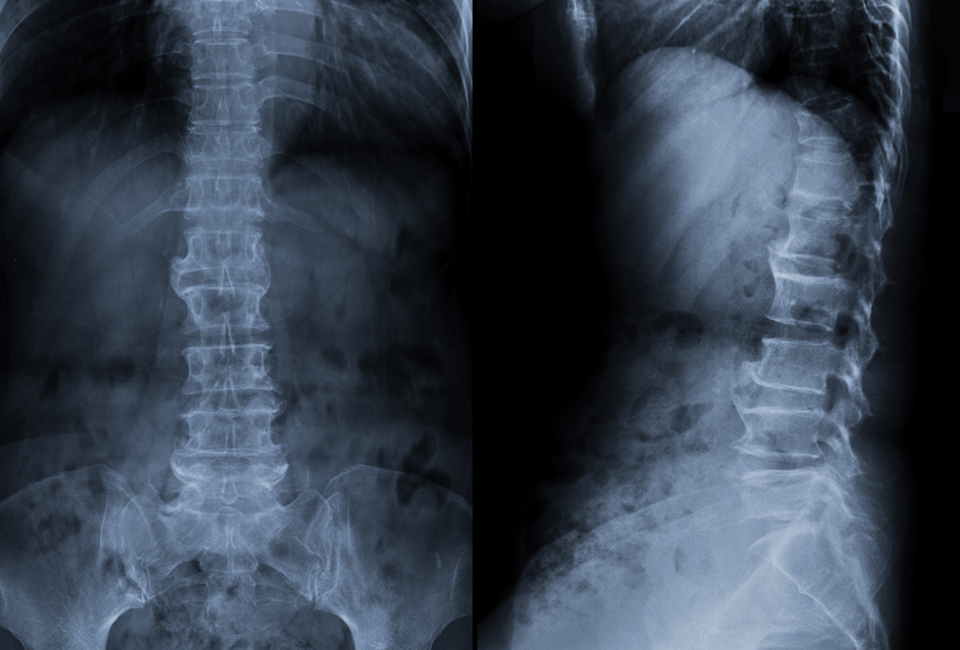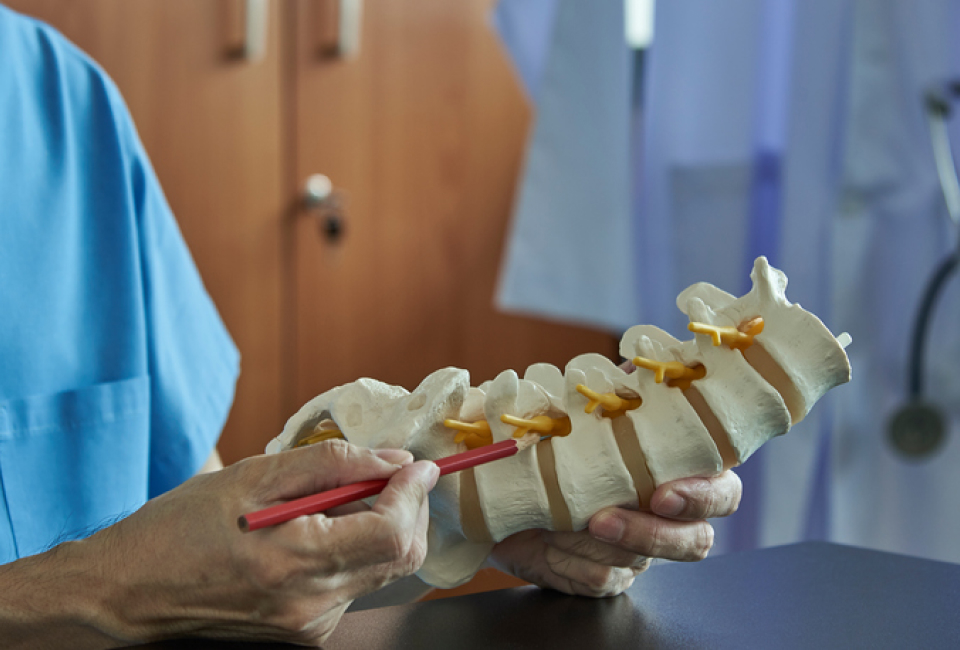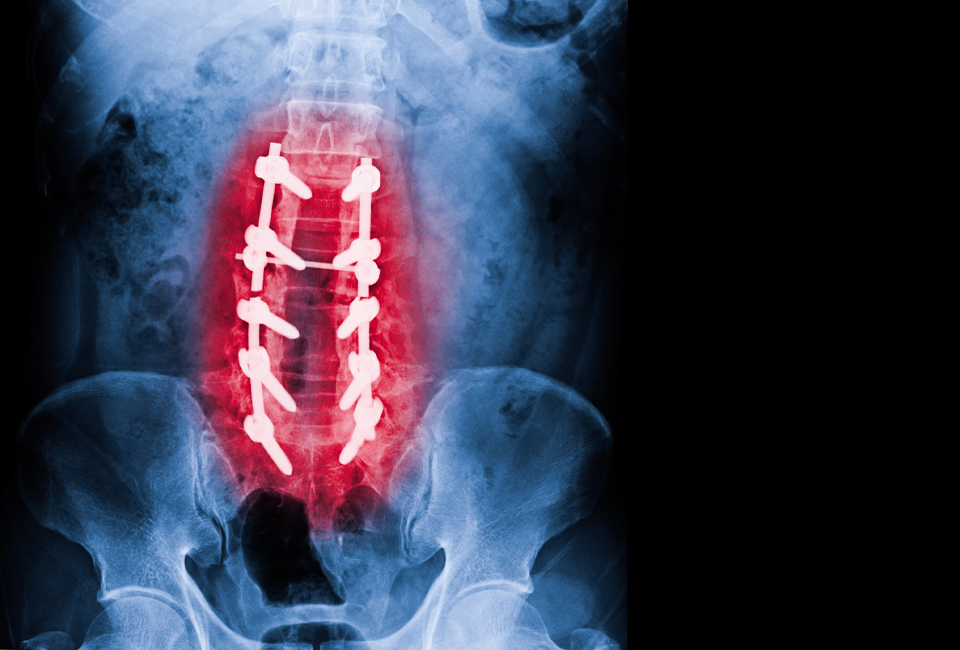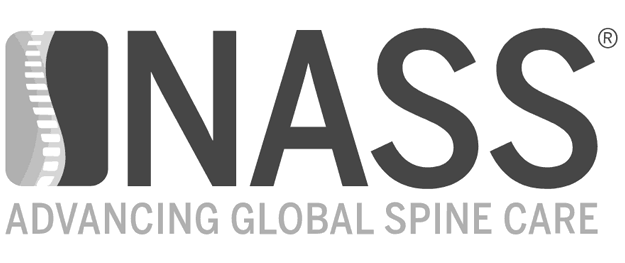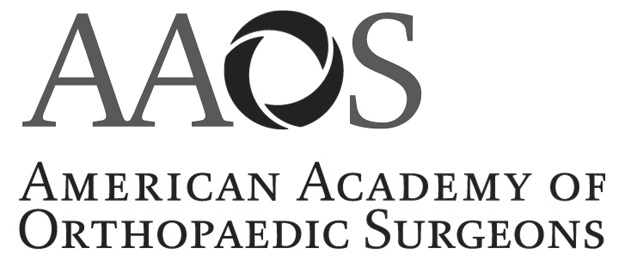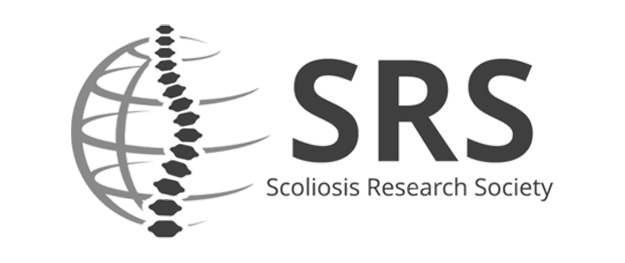CONDITIONS EXPLAINEDForaminal Stenosis
CONDITIONS EXPLAINEDForaminal Stenosis
Foraminal stenosis is a condition in which small openings along the spine, called foramina, become tighter and compress the nerves passing through them. This compression impairs nerve function, and can lead to pain, weakness, and numbness, a condition known as radiculopathy. Untreated, these changes can become permanent. Fortunately, most cases are quite treatable, with a good prognosis for patients.
Stenosis can occur at any level of the spine including the cervical and thoracic vertebrae, but the lumbar region is most commonly affected. Cervical stenosis affects the neck, and may manifest with numbness, pain, and tingling of the upper limbs. Turning the head typically does not trigger the symptoms, but looking upwards or downwards may elicit them. Stenosis of the thoracic vertebra is the least common, but may present with associated symptoms that wrap around the trunk of the body. As aforementioned, the lumbar region is the most common, and will present with pain, numbness, and tingling in the buttocks and lower extremities. This condition is more commonly known by the name of sciatica.
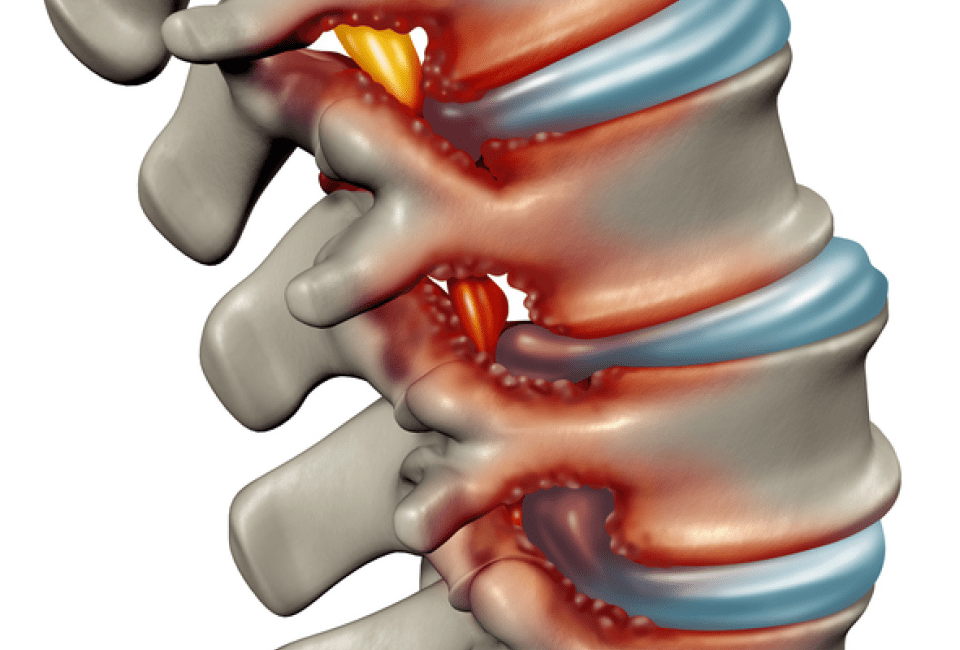
Symptoms of foraminal stenosis can vary greatly between individuals, and may come and go with time. A large portion of middle aged and older adults will experience foraminal stenosis, as many as half in one study. Prevention is difficult, but keeping healthy with regular activity and normal body weight will reduce your chances of developing this condition. Injuries to the back can further complicate the delicate organization of back structures, and maintaining good posture or technique while sitting, lifting, or other activities that stress the back will help limit such injuries.
Advancing age is the most common predictor for stenotic vertebrae, but in other groups such as younger individuals, injury will more commonly precipitate issues of stenosis. Bulging vertebral discs are some of the most often seen factors in injury-related stenosis. Disc degeneration also regularly occurs with advancing age, and will manifest with the bulging nucleus of the vertebral disc cushioning each vertebral junction, compressing the spinal cord and its nerve roots.
Other less common etiologies include:
- Syringomyelia
- Various Bone Diseases
- Ligament enlargement around the spine
- Tumors and cysts
- Spondylolisthesis
- Bone Spurs
Foraminal stenosis is a condition in which small openings along the spine, called foramina, become tighter and compress the nerves passing through them. This compression impairs nerve function, and can lead to pain, weakness, and numbness, a condition known as radiculopathy. Untreated, these changes can become permanent. Fortunately, most cases are quite treatable, with a good prognosis for patients.
Stenosis can occur at any level of the spine including the cervical and thoracic vertebrae, but the lumbar region is most commonly affected. Cervical stenosis affects the neck, and may manifest with numbness, pain, and tingling of the upper limbs. Turning the head typically does not trigger the symptoms, but looking upwards or downwards may elicit them. Stenosis of the thoracic vertebra is the least common, but may present with associated symptoms that wrap around the trunk of the body. As aforementioned, the lumbar region is the most common, and will present with pain, numbness, and tingling in the buttocks and lower extremities. This condition is more commonly known by the name of sciatica.

Symptoms of foraminal stenosis can vary greatly between individuals, and may come and go with time. A large portion of middle aged and older adults will experience foraminal stenosis, as many as half in one study. Prevention is difficult, but keeping healthy with regular activity and normal body weight will reduce your chances of developing this condition. Injuries to the back can further complicate the delicate organization of back structures, and maintaining good posture or technique while sitting, lifting, or other activities that stress the back will help limit such injuries.
Advancing age is the most common predictor for stenotic vertebrae, but in other groups such as younger individuals, injury will more commonly precipitate issues of stenosis. Bulging vertebral discs are some of the most often seen factors in injury-related stenosis. Disc degeneration also regularly occurs with advancing age, and will manifest with the bulging nucleus of the vertebral disc cushioning each vertebral junction, compressing the spinal cord and its nerve roots.
Other less common etiologies include:
- Syringomyelia
- Various Bone Diseases
- Ligament enlargement around the spine
- Tumors and cysts
- Spondylolisthesis
- Bone Spurs
Experiencing Symptoms of Foraminal Stenosis?
Detection & Diagnosis
Detection starts with presenting to a physician for evaluation. A thorough physical exam can give a great deal of insight into the nature of back problems, but your doctor will typically order one or more diagnostic tests to help confirm their suspicions. These tests may include:


